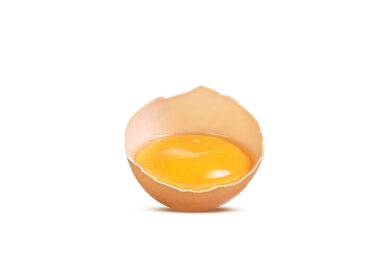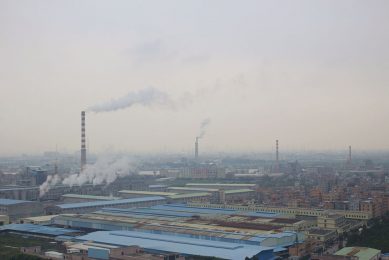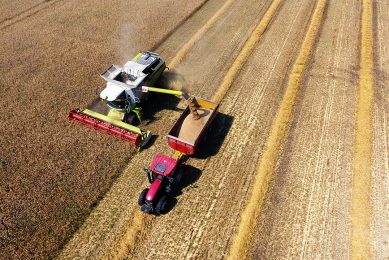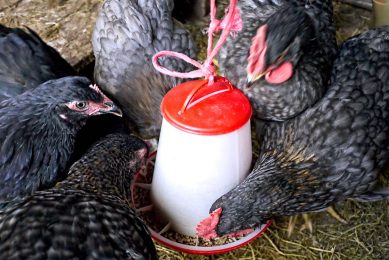China’s corn price remains high this season
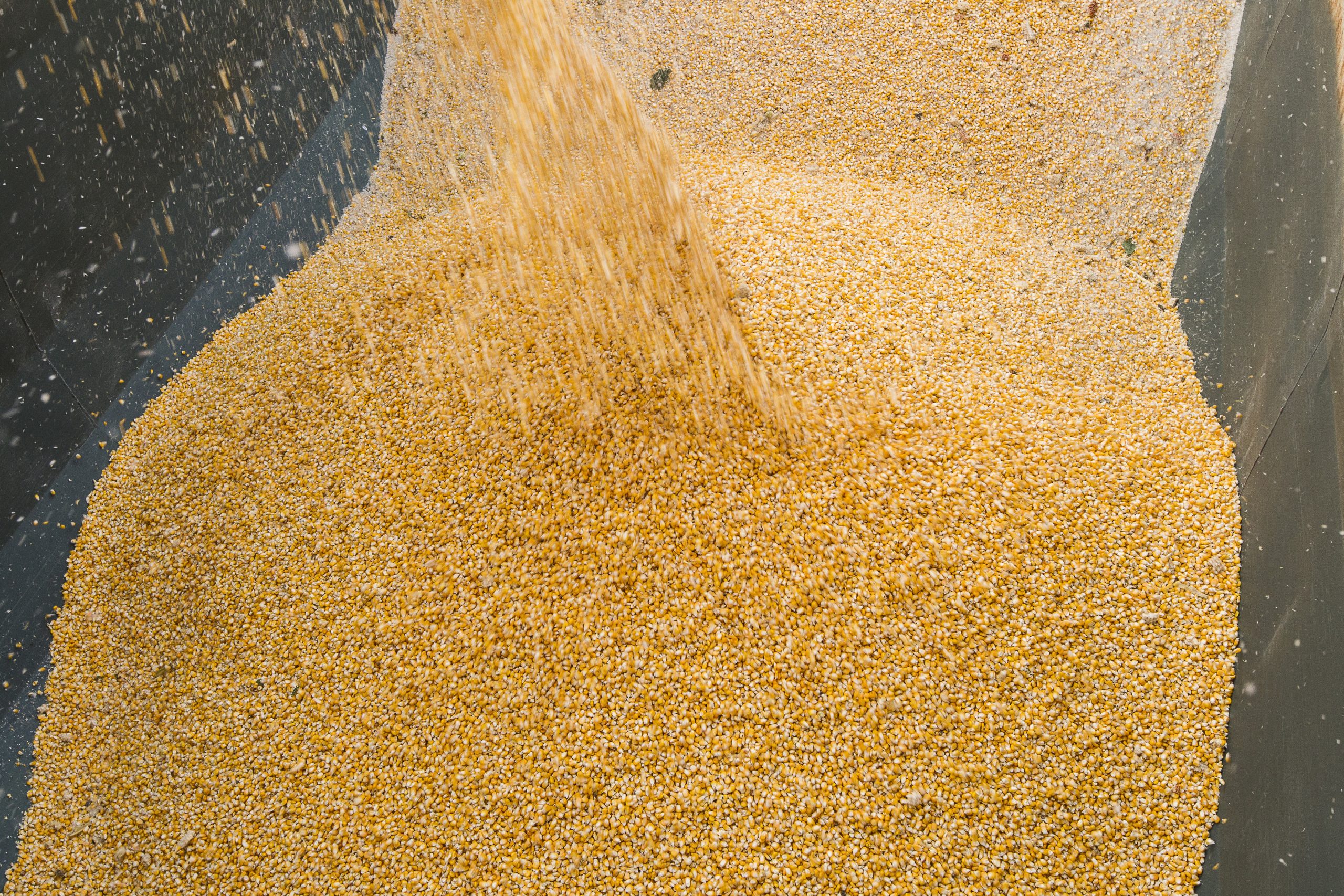
China’s corn price remains stable in this harvesting season, due to less output of corn, hindered by extreme weather occurrences. However, the price is likely to further fall in the next months, facing high supply and sluggish demand.
The harvesting season of corn in China in September and October is traditionally the times when new corn is brought into the market which lowers the price significantly. This year, the price of corn remains high. The main reason can be found in extreme weather occurrences in the major corn planting region of Northeast China. On the one hand, the output of corn in China was lowered significantly, due to drought occurrences in the traditionally corn-planting area of northern China. Those have forced farmers to switch their crops to soybeans and other substitute grains. On the other hand, the beginning of October has witnessed persistent rainy weather, which has not only hindered the corn harvesting, but also made transportation much more difficult and hence slowed down the market supply.
As a result of the tighter supply, according to the Ministry of Agriculture, the corn output in China is likely to fall by about 3.6% in the 2017/18 harvesting season, compared to the previous year. China’s average price of corn only dropped down by 0.39% from September to October, but witnessed an increase of more than 3% compared to 2016. For comparison, in 2016, the price dropped from USD272.6/t in September to USD242.3/t in October, down by 11.1%.
Next price falls likely in 2018
With the seasonal sales peak approaching and more of the stockpile are about to be sold, the pressure on the corn supply will further increase in the next months. In addition to that, the demand for corn from livestock farmers is decreasing as well, due to the low prices of animals like pigs and poultry. Many corn-processing companies also still rely on their inventories and are less willing to buy new corn from the market. Increasing supply and sluggish demand will be the driven factors for a further price drop of corn in the beginning of 2018.
Background of China’s corn policy
China is the world’s largest corn producer after the USA and offers their corn to the market usually in September and October after the yield. As China is doing everything to make sure they are able to feed their immense population even in the sight of bad crop harvest seasons, the country normally enters the world market for corn as a buyer. What’s more, around 70% of China’s corn stockpile has expired, which makes it non-usable as feed material. Imported corn from the USA has much higher quality, which attract Chinese livestock farmers to get the higher quality corn from international markets.
Since the end of the stockpile strategy of corn in China from 2016, the country is encouraging farmers to switch from corn to other grain planting. Recently, the government has announced to reduce the corn subsidy for farmers in the main planting region to support the change. This grants other grains like soybeans a higher subsidy in the coming planting season.
The middle kingdom aims to rebalance the huge gap between corn supply and demand in the country. However, farmers still seem to favour planting corn compared to other grains due to the low growing and labour costs with good prices at the market.
Source: CNC




